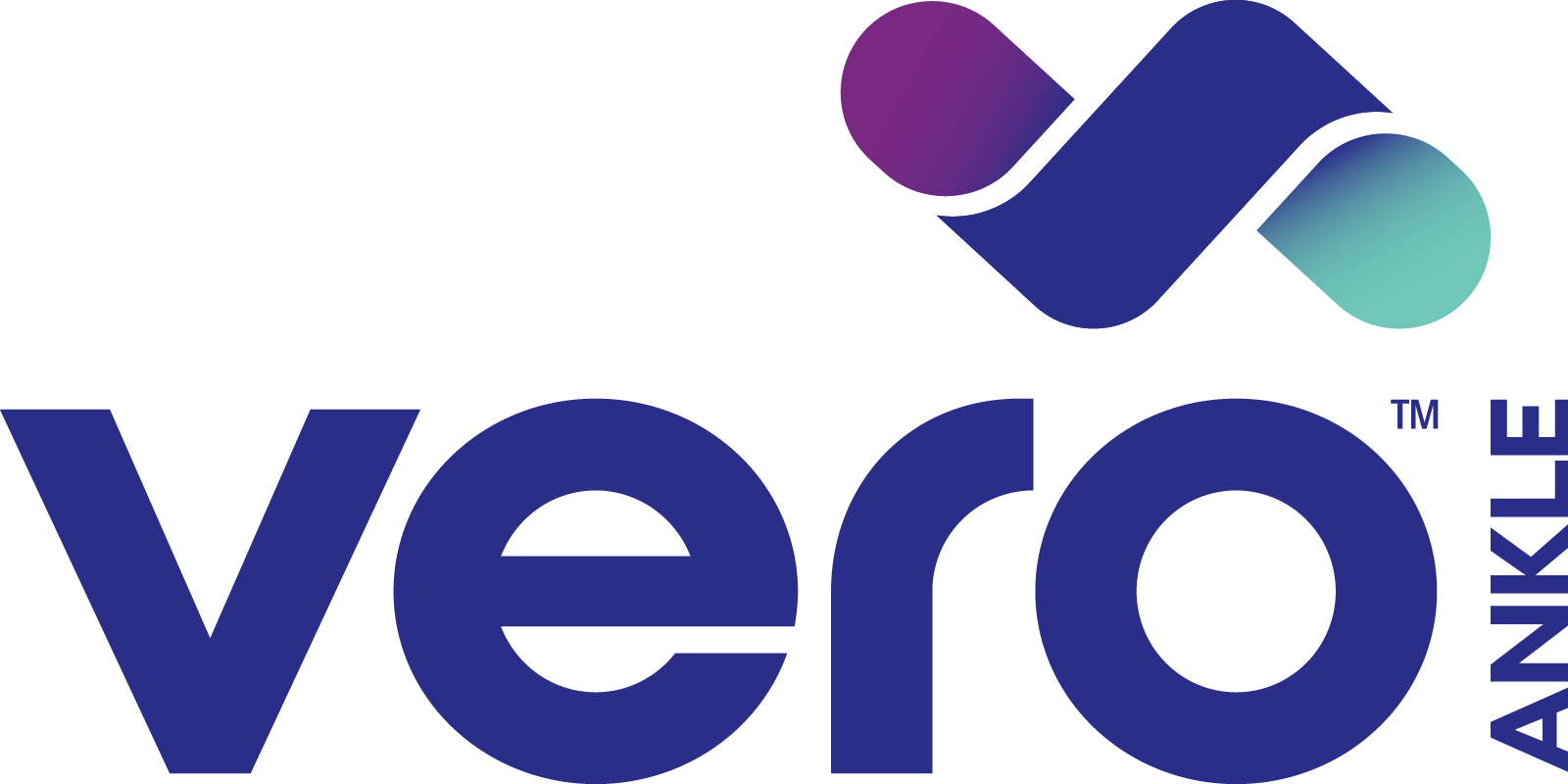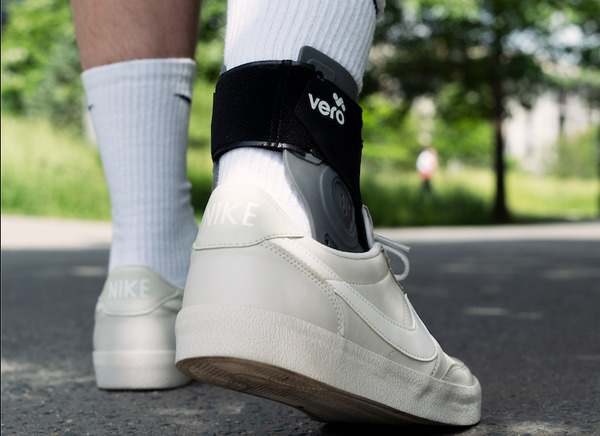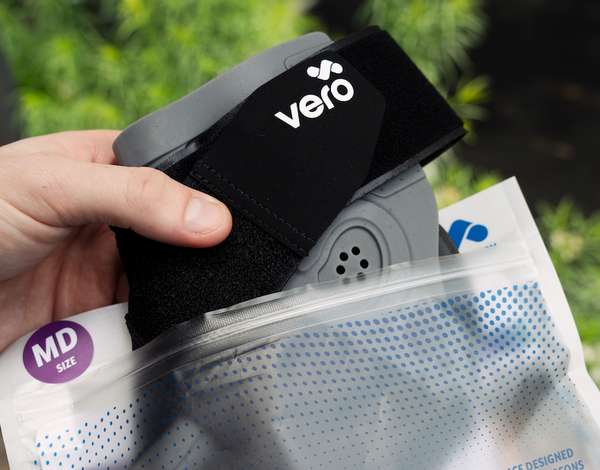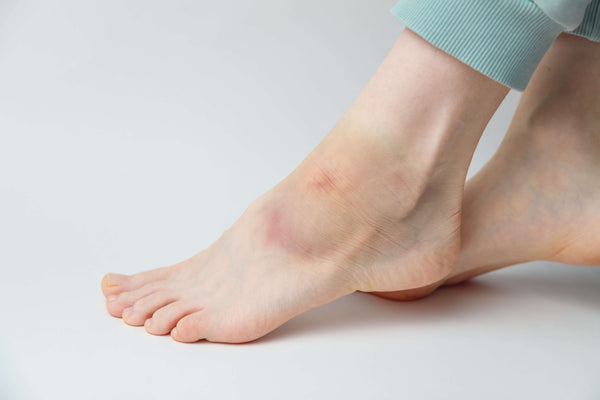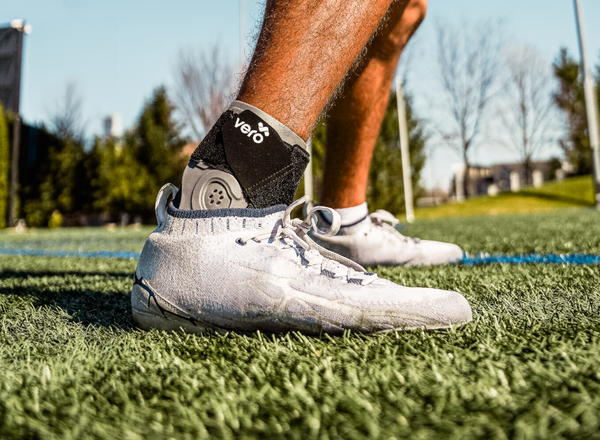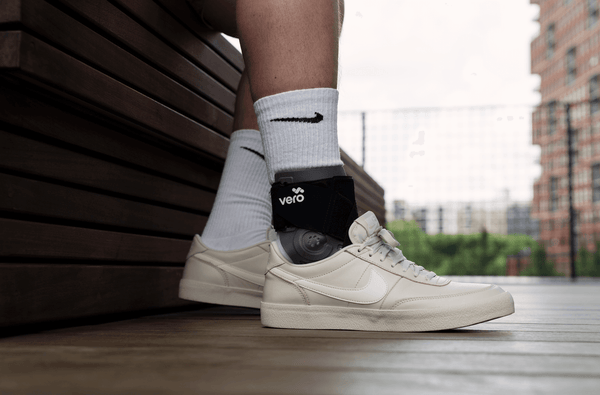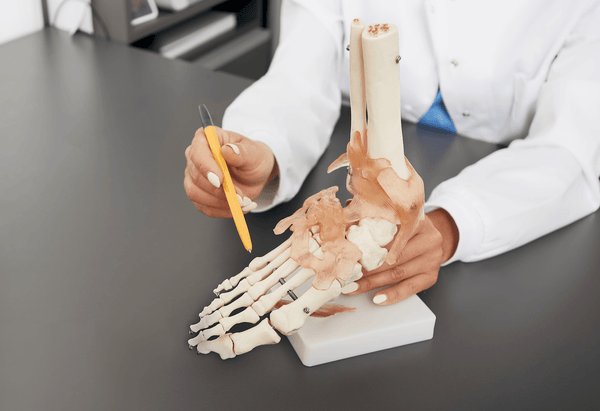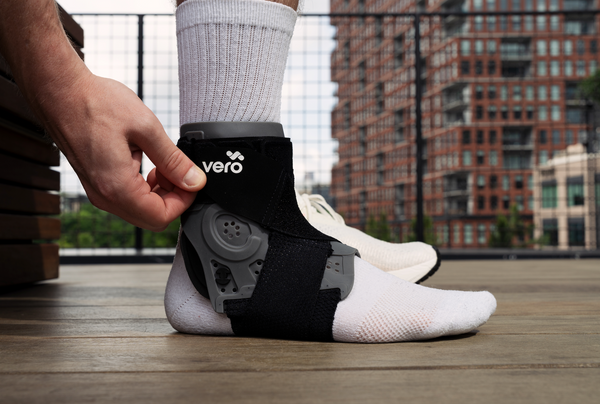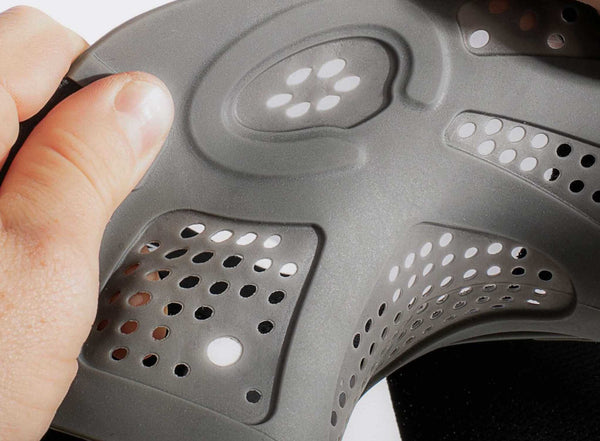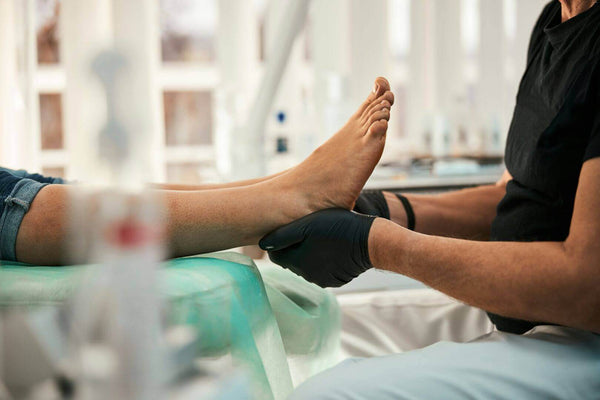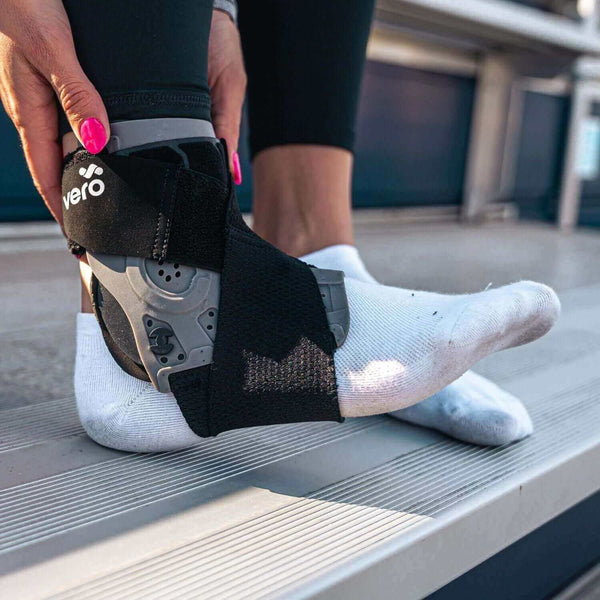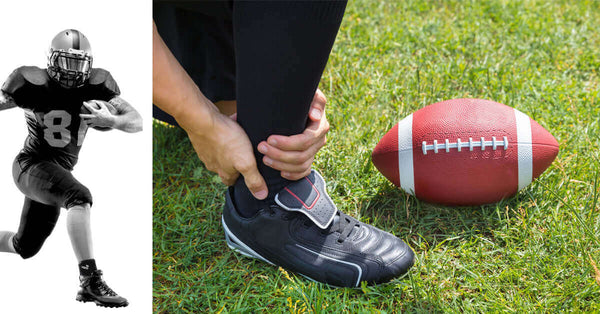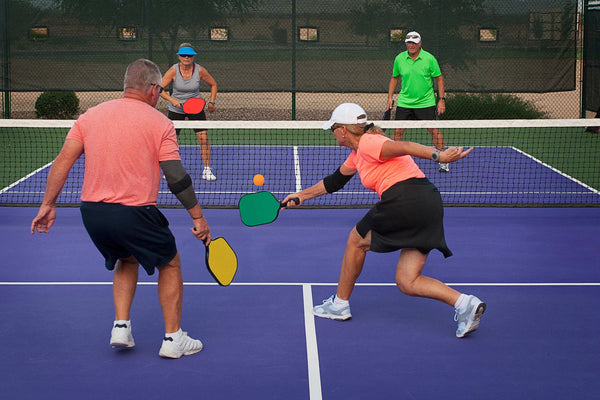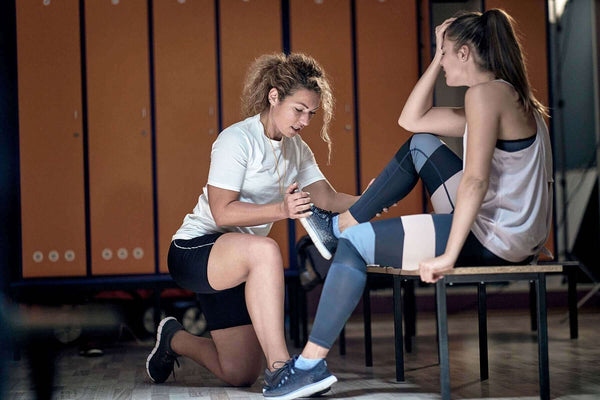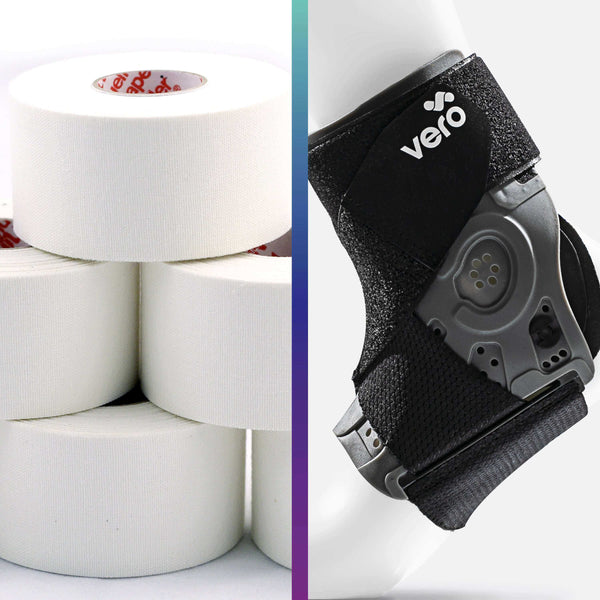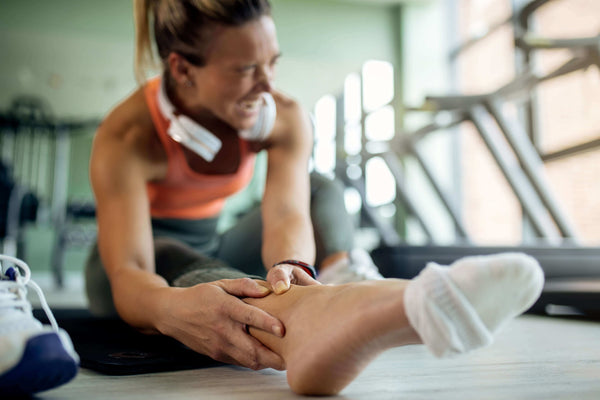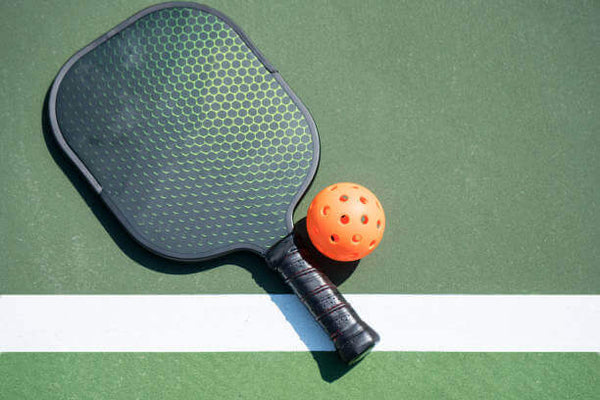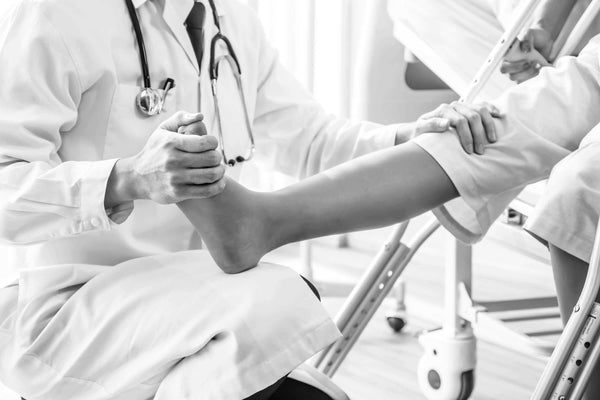Understanding how medical devices function can help patients make informed decisions about their treatment options. The Vero Ankle® Brace operates through a sophisticated combination of compression therapy, dynamic stabilization, and progressive support that addresses the complex biomechanics of ankle injury recovery and prevention.
In this article, we’ll explore:
- Targeted compression therapy
- BioMemory™ material mechanics
- Progressive modular support system
- Biomechanical stabilization
- Long-term support applications
Targeted Compression for Pain Relief and Healing
The foundation of the Vero Ankle® Brace's effectiveness lies in its strategic compression system. The brace utilizes carefully positioned anchor straps that deliver controlled compression to the upper ankle area, creating therapeutic pressure that serves multiple medical functions.
This targeted compression works by reducing interstitial fluid accumulation, which is the primary cause of post-injury swelling. By applying consistent pressure to the affected tissues, the brace promotes better lymphatic drainage and venous return, helping to minimize edema and accelerate the body's natural healing processes.
The compression also serves a neurological function by providing proprioceptive feedback to the ankle joint. This enhanced sensory input helps improve balance and coordination, which are often compromised following ankle injuries.
The therapeutic benefits of targeted compression include:
- Swelling Reduction: Controls interstitial fluid accumulation to minimize post-injury edema
- Pain Management: Reduces inflammatory responses while maintaining healing blood flow
- Enhanced Circulation: Promotes lymphatic drainage and venous return for faster recovery
- Improved Proprioception: Provides sensory feedback to enhance balance and joint awareness
-
Inflammation Control: Helps limit excessive inflammatory responses in injured tissues
BioMemory™ Material and Dynamic Stability
The core innovation in the Vero Ankle® Brace is its BioMemory™ material, which functions as an artificial ligament system. This patented thermoplastic elastomer is engineered to mimic the mechanical properties of healthy ankle ligaments, providing support that adapts to natural movement patterns.
When the ankle moves through its normal range of motion, the BioMemory™ material stretches and flexes in response to applied forces. Unlike static bracing materials that resist all movement equally, this dynamic material allows for appropriate motion while restricting excessive or potentially harmful movements that could worsen an injury.
The material's memory properties ensure that it returns to its original anatomical shape after being stretched, maintaining consistent support throughout extended periods of use. This characteristic is particularly important for athletes or individuals who engage in prolonged physical activity while wearing the brace.
Progressive Support Through Modular Design
The Vero Ankle® Brace's modular stirrup system represents a significant advancement in rehabilitation technology. This system allows healthcare providers and patients to adjust the level of support based on the specific phase of recovery, aligning with evidence-based rehabilitation protocols.
During the acute phase of ankle injury, when tissues are most vulnerable to re-injury, both rigid stirrups can be attached to provide maximum lateral stability. These stirrups prevent excessive inversion and eversion movements that could compromise healing tissues or surgical repairs.
As inflammation subsides and initial healing progresses, one stirrup can be removed to allow increased range of motion while maintaining protection against potentially harmful movements. This intermediate phase supports the gradual restoration of normal ankle mechanics while preventing setbacks.
In the final phase of recovery, both stirrups can be removed, leaving the BioMemory™ material to provide compression and mild support. This configuration helps bridge the gap between active treatment and return to full activity, offering protection while allowing the ankle to regain its natural strength and stability.
Biomechanical Stabilization and Injury Prevention
The Vero Ankle® Brace works by addressing the biomechanical factors that contribute to ankle injuries. Understanding how the brace counteracts these injury mechanisms helps explain its effectiveness in both treatment and prevention.
Key biomechanical protection features include:
- Inversion Control: Stirrup system limits excessive foot inversion that causes lateral ligament stretching
- Lateral Support: External stabilization reduces mechanical stress on healing or vulnerable ligaments
- Chronic Instability Management: Compensates for compromised natural stability from previous injuries
- Subtalar Joint Support: Figure-8 strapping provides additional stability to the joint complex
- Alignment Maintenance: Proper foot-to-leg positioning reduces abnormal stress patterns
-
Injury Prevention: Proactive support helps prevent both initial injuries and re-injury occurrences
Long-Term Support and Maintenance
The Vero Ankle® Brace is designed for both acute treatment and long-term maintenance applications. Following the initial recovery period, which typically lasts 8-12 weeks for acute ankle sprains, the brace can continue to provide prophylactic support during high-risk activities.
This long-term use capability makes the brace particularly valuable for athletes who want to reduce their risk of re-injury while maintaining peak performance levels. The dynamic support provided by the BioMemory™ material offers protection without the performance limitations associated with rigid bracing systems.
Ready to experience the advanced ankle support technology that's helping thousands recover faster and perform better? Discover how the Vero Ankle® Brace can support your ankle health journey today.
